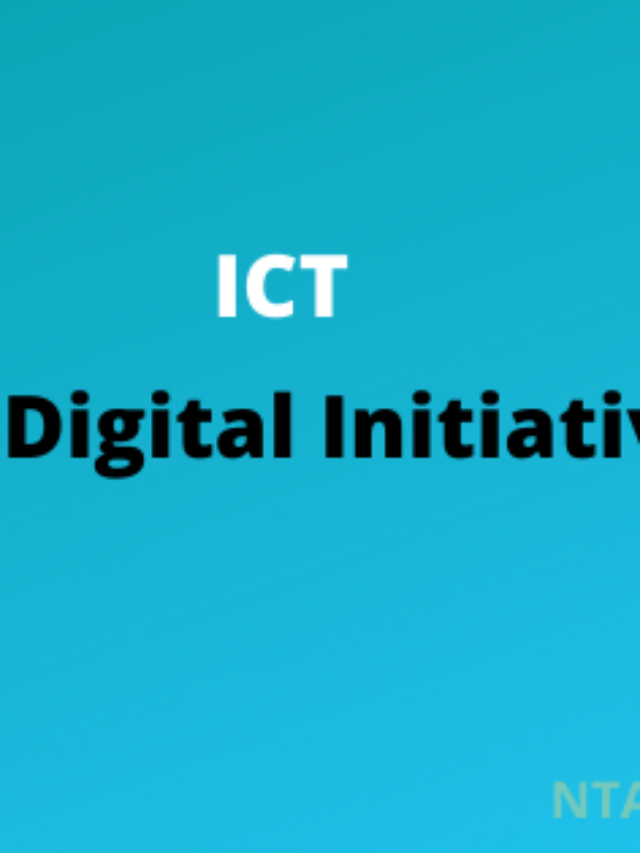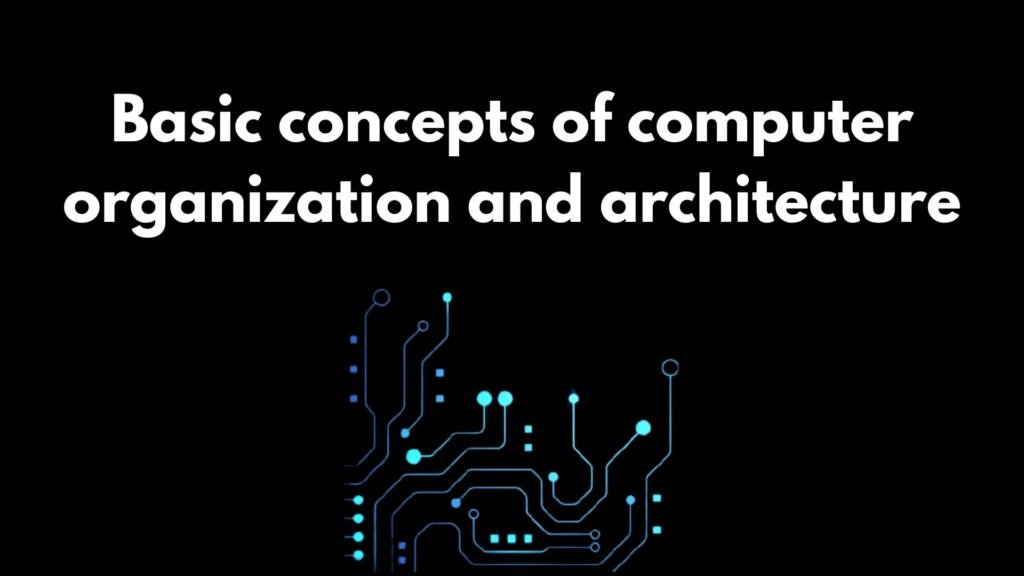Computer Organization and Architecture refers to the study of the design and implementation of computer systems. It encompasses the hardware, software, and communication components that work together to perform various tasks. This discipline plays a crucial role in shaping the performance, cost, and functionality of computers.
Basic concepts of computer organization and architecture
Von Neumann Architecture:This architecture, also known as the Von Neumann Model, is a standard design that is used in most computers. It is based on the idea that the computer has a central processing unit (CPU), memory, and input/output devices. The CPU retrieves instructions from memory, processes them, and stores the results back in memory.Memory: The memory of a computer system stores data and instructions for processing. There are two types of memory: primary memory (also known as RAM) and secondary memory (also known as hard disk or flash drive). Primary memory is used by the CPU to store and retrieve data quickly, while secondary memory is used for long-term storage.Processor: The processor, also known as the central processing unit (CPU), is the heart of the computer system. It is responsible for executing instructions, performing arithmetic and logical operations, and controlling the overall operation of the computer. The CPU consists of two main components: the control unit and the arithmetic and logic unit (ALU).Input/Output Devices: Input/Output (I/O) devices are used to communicate with the computer system. Examples of input devices include keyboards, mice, and scanners, while examples of output devices include monitors, printers, and speakers.Bus: A bus is a collection of wires that carries data, address, and control signals between the different components of a computer. There are three types of buses: the data bus, the address bus, and the control bus. The data bus is used to transfer data between the CPU and memory, while the address bus is used to specify the location in memory where data is to be stored or retrieved. The control bus is used to transfer control signals between the CPU and memory.Addressing: Addressing is the process of specifying the location in memory where data is to be stored or retrieved. The CPU uses the address bus to specify the memory location, and the data bus to transfer the data to or from that location.Register: A register is a small amount of memory within the CPU that is used to store data for processing. Registers are used to store the instruction being executed, the results of arithmetic operations, and temporary values.Instruction Set Architecture: The Instruction Set Architecture (ISA) defines the set of instructions that a computer can execute. It specifies the operation codes, the number and type of operands, and the format of instructions. The ISA determines the capabilities of a computer and the type of software that can run on it.Pipelining: Pipelining is a technique used to improve the performance of a computer by breaking down the execution of instructions into multiple stages. The stages of the pipeline work in parallel, allowing multiple instructions to be processed simultaneously. This results in a significant improvement in performance compared to a sequential execution of instructions.Parallel Processing: Parallel Processing is the simultaneous execution of multiple tasks. It can be achieved by using multiple processors or by dividing a single task into smaller sub-tasks and executing them in parallel. Parallel processing can significantly improve the performance of a computer by reducing the time required to complete a task.
In conclusion, computer organization and architecture play a critical role in determining the performance, cost, and functionality of computer systems. The basic concepts discussed in this article form the foundation of this field, and a deep understanding











